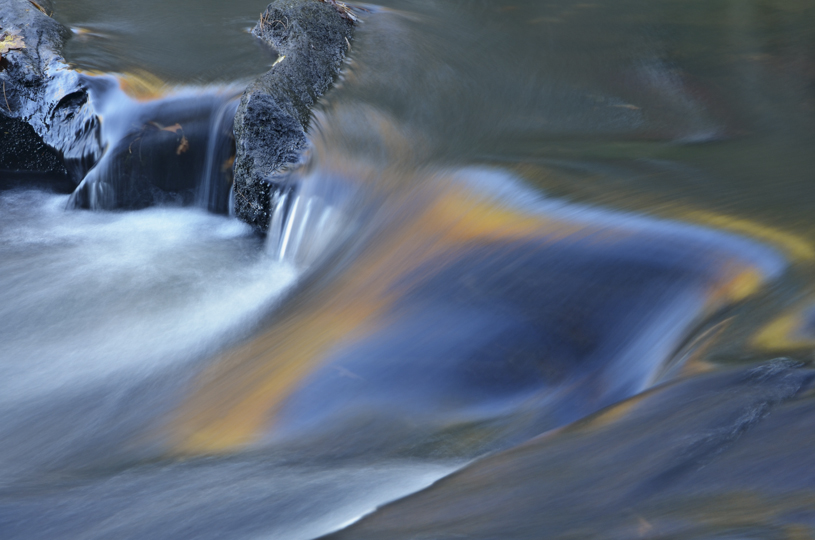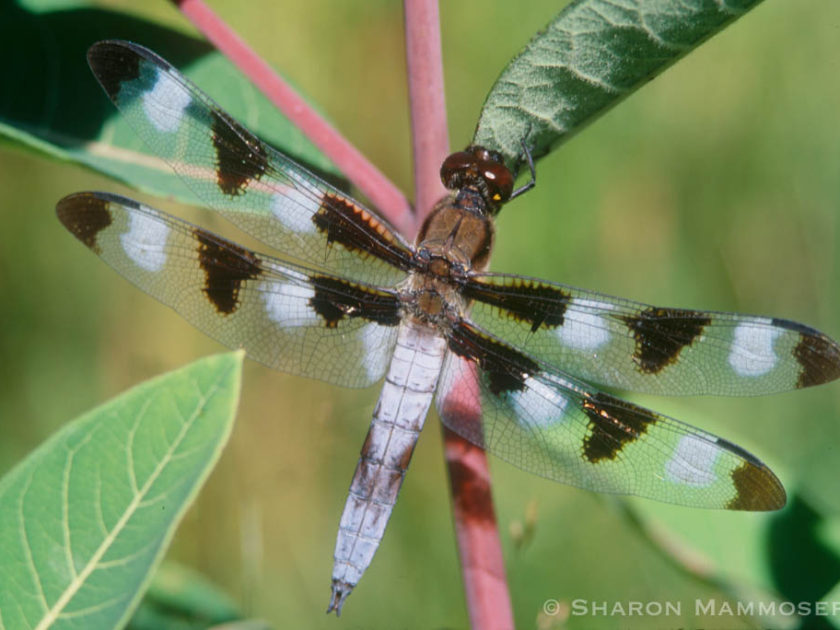We all know there’s a lot going on these days and some of the information out there is a bit sketchy. It’s always good to be able to recognize fact from fiction. So let’s get started, shall we? Can you spot the lie? For each set of 3 there will be two truths and one lie. See if you can find the lie.
Moths
- Moths outnumber butterflies 10 to 1.
- Like butterflies, moths make a chrysalis before transforming into a winged adult- FALSE.
- The wings of moths are covered with thousands of tiny, overlapping scales.
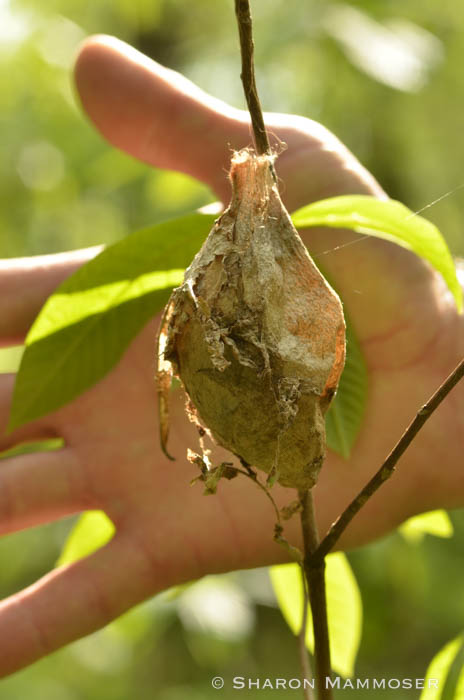
*Butterfly caterpillars make a chrysalis. Moth caterpillars make a cocoon. Both are resting stages in the insect’s life, but these two things are very different. However, both butterflies and moths go through a pupal stage before becoming an adult. A pupa is the non-feeding stage in an insect’s life, before it undergoes complete metamorphosis. It is correct to call a chrysalis or a cocoon a pupa, but it is not correct to call a cocoon a chrysalis.
!! I know! It’s confusing, right!
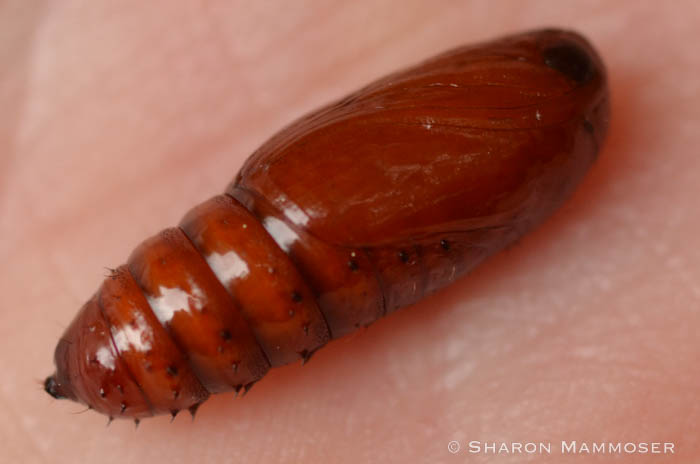
After the moth caterpillar has grown large enough, it will spin silk around itself, then will molt inside that silk. The silk offers protection from predators and warmth. Think of a cocoon like a silk sleeping bag for the moth. Cocoons are usually found attached to trees, buildings, or in the soil or leaf litter. Some moth caterpillars just make a pupa, without the outer covering around them.
Butterflies on the other hand make a chrysalis. A chrysalis is not made of silk but it a hard exoskeleton, made during the final molt of the caterpillar. Most chrysalises hang from something like a branch, or leaf. Check out these butterfly chrysalids.
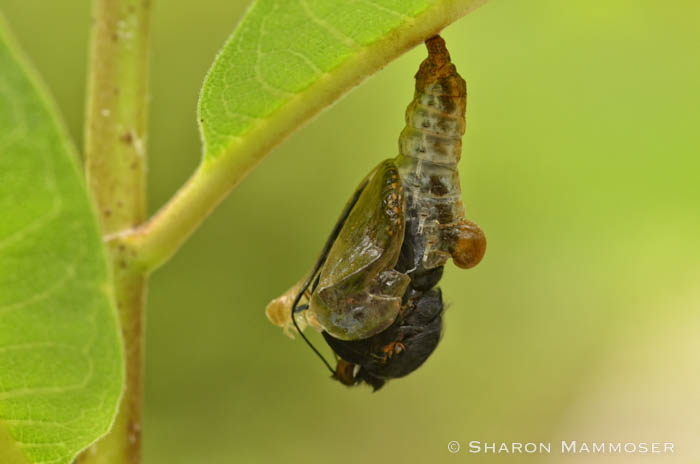
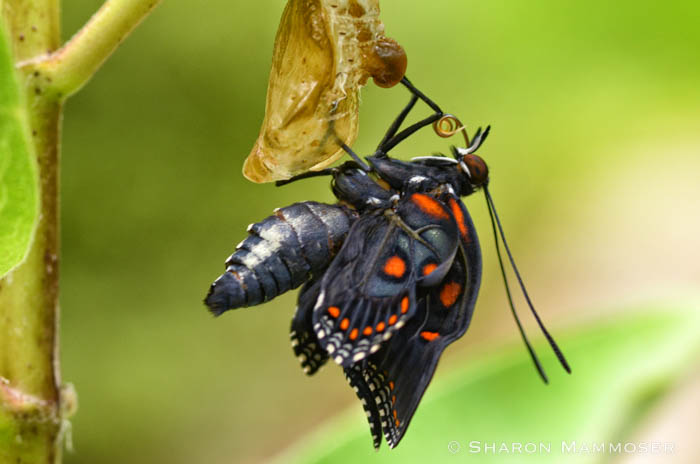
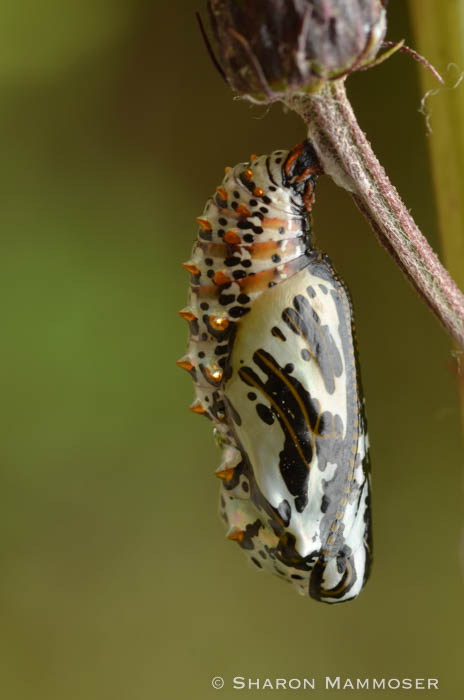
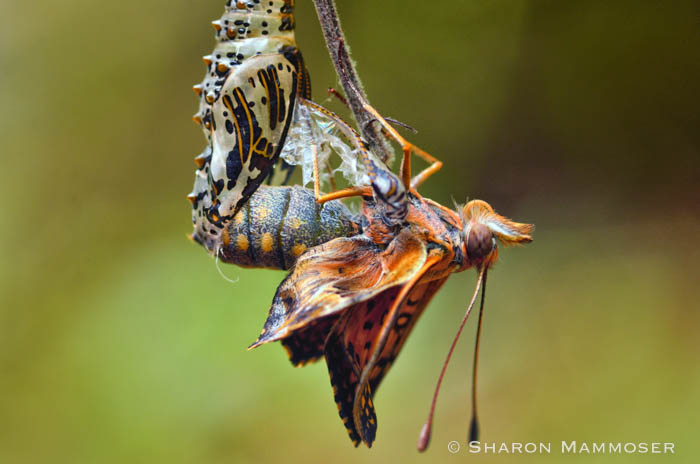
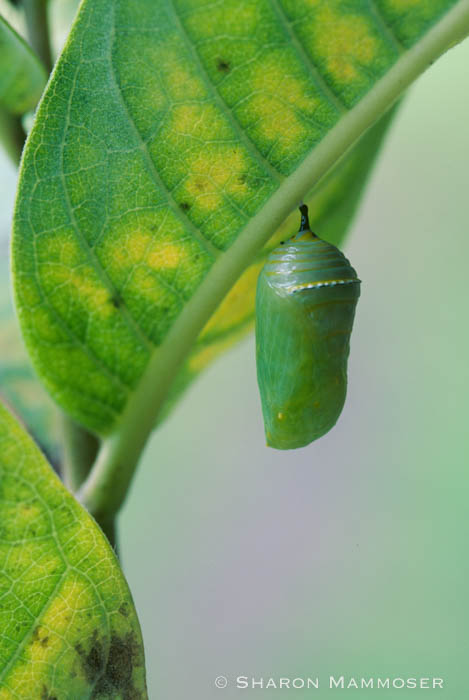
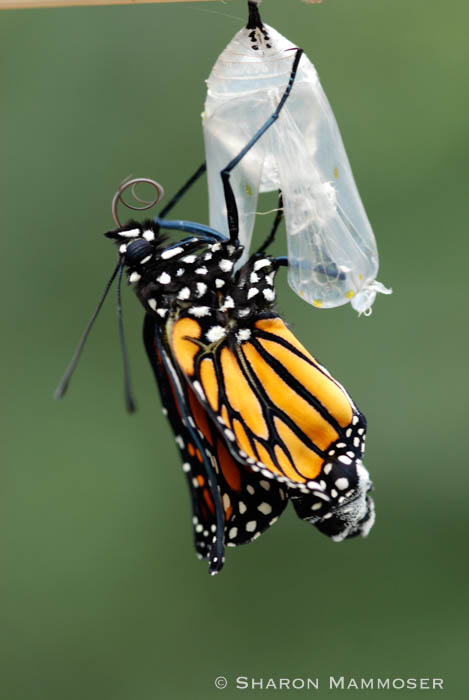
Black Bears
- During hibernation a bear’s body temperature drops to only 37 degrees F.–FALSE!
- Bears do not urinate the entire time they are sleeping for the winter and thus, they do not require water to drink.
- A hibernating bear loses little or no muscle mass during its winter hibernation.
*Unlike other “true hibernators” like woodchucks and chipmunks, a bear’s body temperature DOES NOT drop much in the winter while they are hibernating. (A chipmunk’s body temperature in comparison may drop as low as 42 degrees Fahrenheit) According to Bernd Heinrich in his book Winter World: The ingenuity of Animal Survival, he states that a bear’s temperature in winter “shows only modest drops” During hibernation the bear’s temperature may drop from their normal 98.6-100.4 range to around 91.4 degrees. So it is false that a bear’s body temperature drops to 37 degrees.
And the other two ARE indeed facts, even though both seem hard to believe. But it’s true. A hibernating bear does not drink or urinate all winter. And even after sleeping for months, they emerge from their dens with very little muscle loss. They are able to do this because they recycle the nitrogen wastes back into protein. Amazing, right? Imagine if we could do the same thing after sitting around, not exercising for months at a time!
Bald Eagles:
- Take 1 year to get their characteristic white head– FALSE!
- Have a 7 foot wingspan
- Can reach heights of over 10,000 feet
*Bald eagles take 4-5 years before they get their characteristic white head and reach sexual maturity. Before that they have mottled plumage like the two images below.
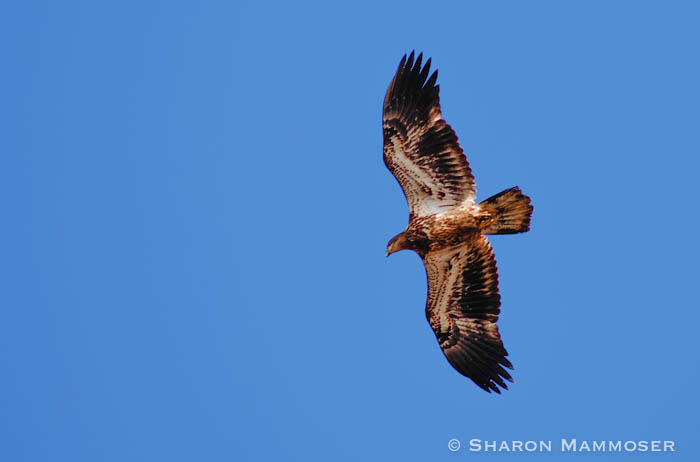
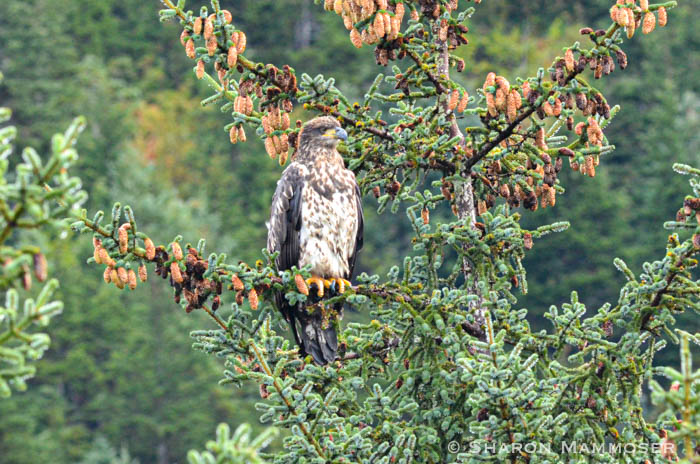
Spiders
- Some spiders can change colors according to what plant they’re on.
- Spiders do not care for their young.–FALSE!
- All spiders make silk–some up to 7 different kinds.
*While it is true that most spiders do not care for their young, some do. Wolf spiders will carry their egg sac around with them until the babies hatch, and then they will carry the babies on their backs until they can fend for themselves. Nursery web spiders create a silk tent where the babies can safely stay, protected from predators by Mom.
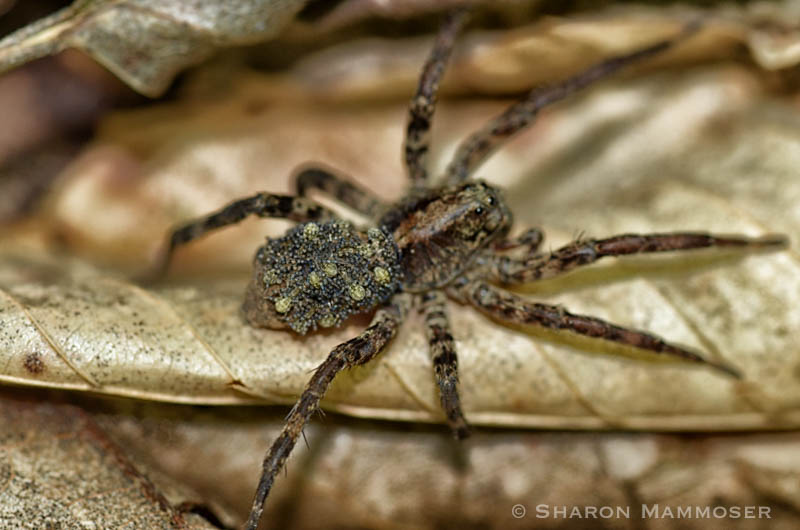
And yes, there are some spiders that will change colors depending on what color plant they are on. Crab spiders are one of these that can change colors.
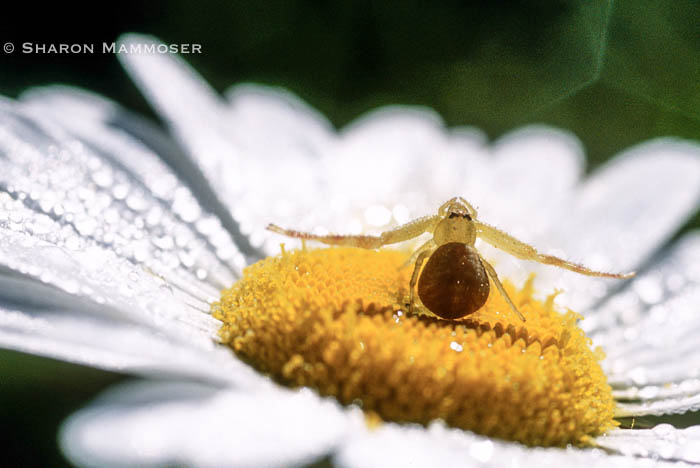
And also yes, all spiders can make silk. Another of the characteristics of a spider is that all spiders have an organ on their abdomen called spinnerets. This allows spiders to produce silk, though all spiders DO NOT build webs! Only about half of spider species build webs to catch and trap prey. The rest hunt for prey, just like a fox or coyote, stalking or ambushing their prey. Others, like trapdoor spiders, wait for prey to come to them. Fishing spiders walk on the surface of the water and wait to detect prey through their ripples in the water. Spiders that do not build webs use their silk for such things as safety lines/draglines and to wrap and protect their eggs. Baby spiders (spiderlings) use the silk to “fly”– shooting silk out of their spinnerets and letting the wind catch it and lift them up. In this way they can travel great distances if the wind is just right. The silk can be sticky, slippery, stretchy, etc depending on the spider’s needs. Some spiders do make 7 different types of silk!
Oak Trees
- One Oak Tree can produce 3 million acorns in its life.
- Oak trees start producing acorns when they are 10 years old–FALSE!
- Oak trees can live 900 years.
*Oak trees don’t start producing acorns until they are about 30 years old, though this depends on the species and conditions. Some won’t produce acorns until they are over 30 and it is possible for the tree to be only 20 years old, but producing acorns in 10 years would not happen.
Periodical Cicada
- When 17 years have passed, Periodical Cicadas are triggered to leave the soil when the temperature reaches 64/65 degrees 8 inches below ground
- While underground for 17 years, Periodical Cicadas shed their skins (molt) 5 times
- Periodical Cicada eggs hatch 1 year after females deposit them in tree branches, at which point the nymphs fall to the ground and burrow into the leaf litter and the ground– FALSE!
*The eggs of periodical cicadas hatch 6-10 weeks after females deposit them in tree branches. She may lay as many as 600 eggs, in multiple locations. Then they fall to the ground and the tiny nymphs burrow through the leaf litter and into the ground, 6-18 inches below the surface, where they will find a tree or shrub root to suck the sap out of for the next 17 years! Amazing, right?
Ants
- Ants have two stomachs and no ears.
- Ants don’t fly (those are termites.) FALSE!
- Ants live longer than any other insect.
*Ants of nearly all species DO fly at some point in their lives, though these flyers will not be all of the ants from the colony– only the queen or male ants leaving the colony to go elsewhere develop wings and fly. After mating, female ants will chew off their wings and then search for a new spot to build her nest.
Ants DO have two stomachs– one for food for themselves, one for food for the growing larvae. And they don’t have ears, but they do feel movement through vibrations. And lastly, yes, insects have the longest live expectancy of any insect, including the 17 year cicadas. Some queen ants might live for 30 years! This is amazing considering their size and the fact that most insects don’t even live a fraction of that length of time.
Dandelions
- Dandelions are short-lived plants, usually living less than 2 years– FALSE!
- Dandelions have one of the longest flowering seasons of any plant and are more nutritious than most vegetables in your garden.
- A dandelion seed can be carried 5 miles from its origin.
*Dandelions are actually super long-lived plants, living on average 10-13 years.
Want to read more about Dandelions, here’s a post I wrote some years ago.
Hummingbirds
- I have the fastest metabolism of any animal on Earth
- My tiny nest is usually built by both males and females, on average10-20 feet from the ground– FALSE!
- I am the only bird that can fly backwards and I have more feathers per inch than almost every other bird
*Although ruby-throated hummingbirds DO build their nests on average 10-20 feet above ground, only the female makes the nest. The male takes no part in nest building or rearing of the young. The female takes about 5 days to complete the nest, using plant down, fibers, and bud scales, all of which are attached to the limb with spider silk. She will cover the outside with lichens to camouflage it. Have you ever been lucky enough to see a hummingbird nest, or even better, to watch the female raise the babies?
And by the way, penguins are the only bird that may have more feathers per inch than hummingbirds.
If you love hummingbirds, please do not put red dye in your feeders as this could harm the little birds and is completely unnecessary. To fill your feeders simply mix up 4 parts water to one part regular, white, granulated sugar. Want to learn more about these amazing birds? Here are 10 things you might not know about them and here are some flowers you can add to your garden to attract them.
Mosquitoes
- I am the most dangerous, deadly animal on Earth
- If I am female I can beat my wings 500 times per second
- If I am male I can drink 3 times my own body weight in blood. FALSE!
* Female mosquitoes can drink up to 3 times their own body weight in blood but male mosquitoes don’t feed on blood, they feed on plant nectar. Female mosquitoes require blood to produce eggs so it’s only the females who pester you for your blood.
Also, male mosquitoes do not beat their wings as fast as females, so don’t generate the same sound. And, just to clarify, mosquitoes ARE the most dangerous animal in the world as they are responsible for over a million deaths per year, mainly in Africa. Mosquitoes transmit malaria, encephalitis, yellow fever, chikungunya, and dengue fever. Mosquitoes also transmit several diseases and parasites that affect other animals, like dogs and horses, including dog heart worm, West Nile virus, and Eastern equine encephalitis. The American Mosquito Control Association states that “Malaria kills one child every 40 seconds.”
You can prevent mosquitoes from breeding in your yards by eliminating any stagnant water, such as in bird baths (clean and replace the water every few days), clogged gutters, discarded cans, flower pots, plant wells, old tires, or other containers sitting around.
Maple Syrup
- More than 80% of the world’s maple syrup comes from Vermont. FALSE.
- It takes about 40 gallons of sap to produce one gallon of maple syrup.
- It takes about 40 years before a sugar maple is big enough to tap.
*Vermont DOES lead the United States in maple syrup production, but not the world. That distinction goes to Canada, specifically Quebec. Quebec produces a whopping 8 MILLION gallons per year!! Vermont produces 890,000 gallons a year.
Virginia Opossum
- If I am female, I have 20 nipples so I can nurse my 20 tiny babies–False!*
- If I am female, I give birth to my tiny babies 11-13 days after conception
- I win the prize for having the most teeth of any mammal–with 50 jammed into my small mouth
*Opossums DO have a lot of nipples, just not 20. They have 13 nipples, arranged in a circle of 12 with one in the middle. Interestingly, they can give birth to 20 tiny babies–the average is 7-8, but only 13 can survive since the mama can only provide for 13. They will stay at the mother’s nipple, in her pouch, for 2 months.
Dragonflies
- My four wings beat up to 500 times per second. False!*
- I have 5 eyes, three simple eyes and two compound eyes with up to 30,000 individual lenses.
- I am such a good flyer that I catch 90-95% of the prey I go for–in midair no less!
*Dragonflies have four wings which they can move independently but because they are such efficient flyers, they do not flap them very much. A dragonfly beats its wings about 30 times per second, whereas a mosquito has wing beats of 500 times per second. A fly flaps even faster–at 1,000 times per second! That’s why they are so loud when flying.
- I start my life out in freshwater and may live there for more than 7 years before becoming an adult dragonfly with wings.
- Like crickets, my ears are on my legs–behind my knees. False!*
- If I am male I can use my penis to scoop out or remove another male’s sperm.
*Crickets really do have ears on their legs, but dragonflies do not have ears. They are deaf.
How did you do?

